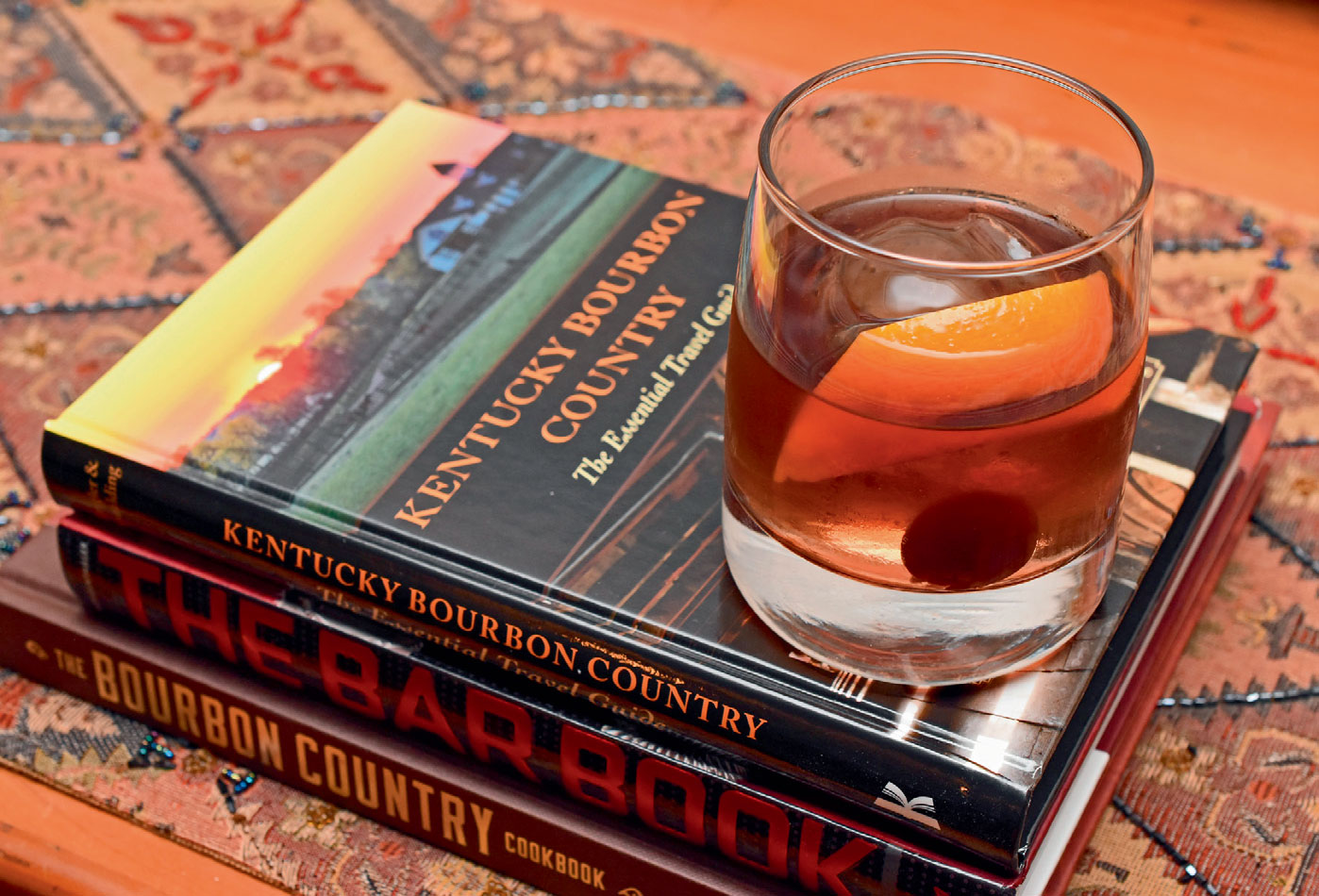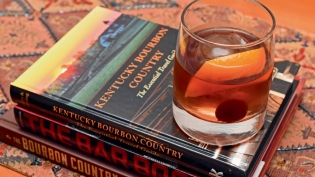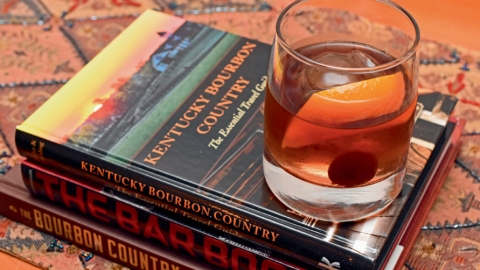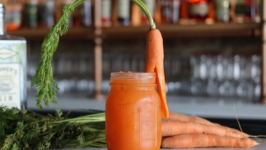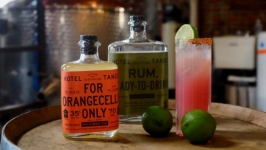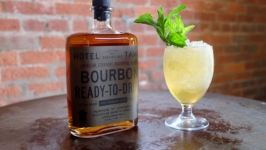Edible Drinks: Kentucky's Holy Spirit
Name one thing we eat or drink in Kentucky that has its own culture. I’ll give you a clue: There’s only one.
Lots of what we consume here is part of our dining culture, our state’s history and seasonal and religious celebrations, but none has its own actual culture like bourbon.
Nope, don’t bring up fried chicken. You can get great versions of that anywhere now. Or country ham. Far more of that is made in Tennessee and Missouri anyway. Benedictine? I love it, too, but really, who writes or tells stories about a sandwich spread?
But bourbon … that’s a whole different animal that’s now a global spirits phenomenon. Legendary Jim Beam master distiller Booker Noe said frequently, “If we can get the product into people’s mouths, it’ll sell itself.” He was right. It just took a little coaxing over the course of, say, 30 years when no one wanted it, to make that happen. Now they’re literally begging for it, but not because they just want to drink it.
Pity the poor liquor store owner badgered hourly by drinkers texting, “Any Elmer come in yet?” (Were they nagging me, I’d reply, “Who? Gantry or Fudd, because nobody has any Elmer T. Lee!”) But don’t pity bourbon fans who stand outside liquor stores for hours in the cold waiting for a slim chance to get a special bottle to covet, collect, worship and, if they’re an enterprising type, resell at an absurd markup. Not only do they do that to themselves, they endure such waits with smiles on their faces. Waiting is just part of the hunt, and snagging a hard-to- find bottle “in the wild” only makes them want do it again. It starts out as a hobby and usually becomes a habit—a pricey one if they’re not careful.
Since no single person created bourbon culture, I’ll give sole credit to the spirit itself. Bourbon culture arose from nowhere, and nowhere does there even exist a written copy of its non-rules. I think it’s cool that its image is, at best, vague and kaleidoscopic, which is likely why it’s the most approachable brown spirit on the planet. It’s the blue blazer of the booze world: appropriate anywhere adult beverages are consumed.
You can’t say that about Scotch, which no one will ever bring to a cookout or sneak a flask of into a football game. Yet while bourbon is de rigueur at both, you’ll also find it on the shelves of the fussiest reading rooms.
Think about this: Kentucky has six large groups devoted to bourbon: “societies” in Louisville, Owensboro, Paducah and Lexington; plus the Louisville-based Whiskey Chicks and Bourbon Women. These people gather to drink it, talk about it, be lectured on it, trade it, make group purchases of whole barrels, build meals around it, even travel together to tour distilleries where it’s made. Believe it or not, these folks are your neighbors, normal people whose jam is diving deep into countless bourbon Facebook groups and Internet forums to discuss it, argue over it and … sell it illegally.
Find me one similar group centered on fried chicken debates.
There are multiple bourbon festivals, including the annual week-long event in Bardstown, now in its 27th year. A serious attendee staying all week would have to pack shorts, slacks, golf shoes and formal wear. People come to the Kentucky Derby for myriad reasons, but bourbon fans come to bourbon events for just one: the love of a single distilled spirit.
Bourbon folk also gather to be among “their people,” other drinkers whose enthusiasm for bourbon ranges from fondness to fetish. In these circles blending rich and poor, men and women, whiskey nerds and novices, common divisions dissolve as every discussion turns to the lone subject of this historic drink. Their idols are master distillers, maturation experts and brand owners, people who—even at this point in the bourbon boom—have yet to become full of themselves.
Let’s hope that never changes, that bourbon and the people who love it, make it, mix it and sell it will just stay culturally ill-defined within the culture of bourbon.


